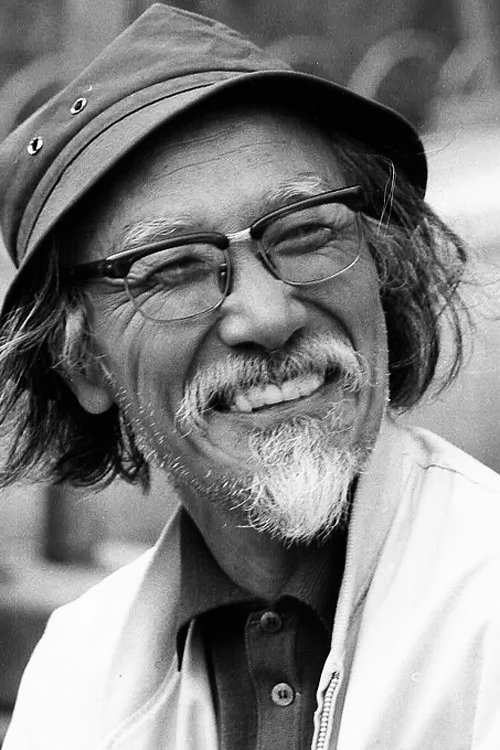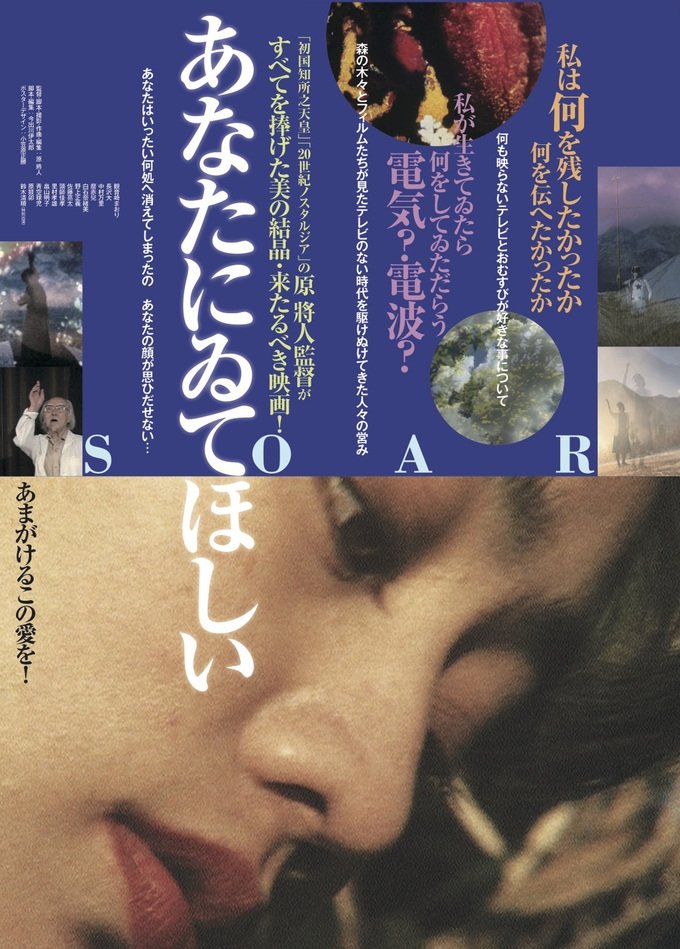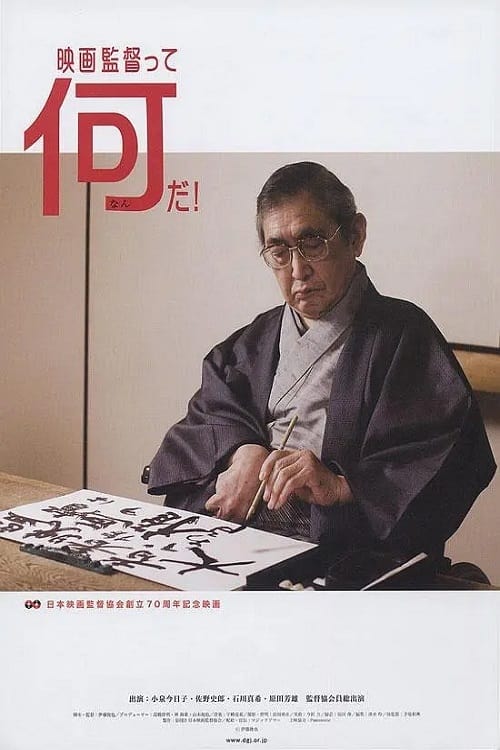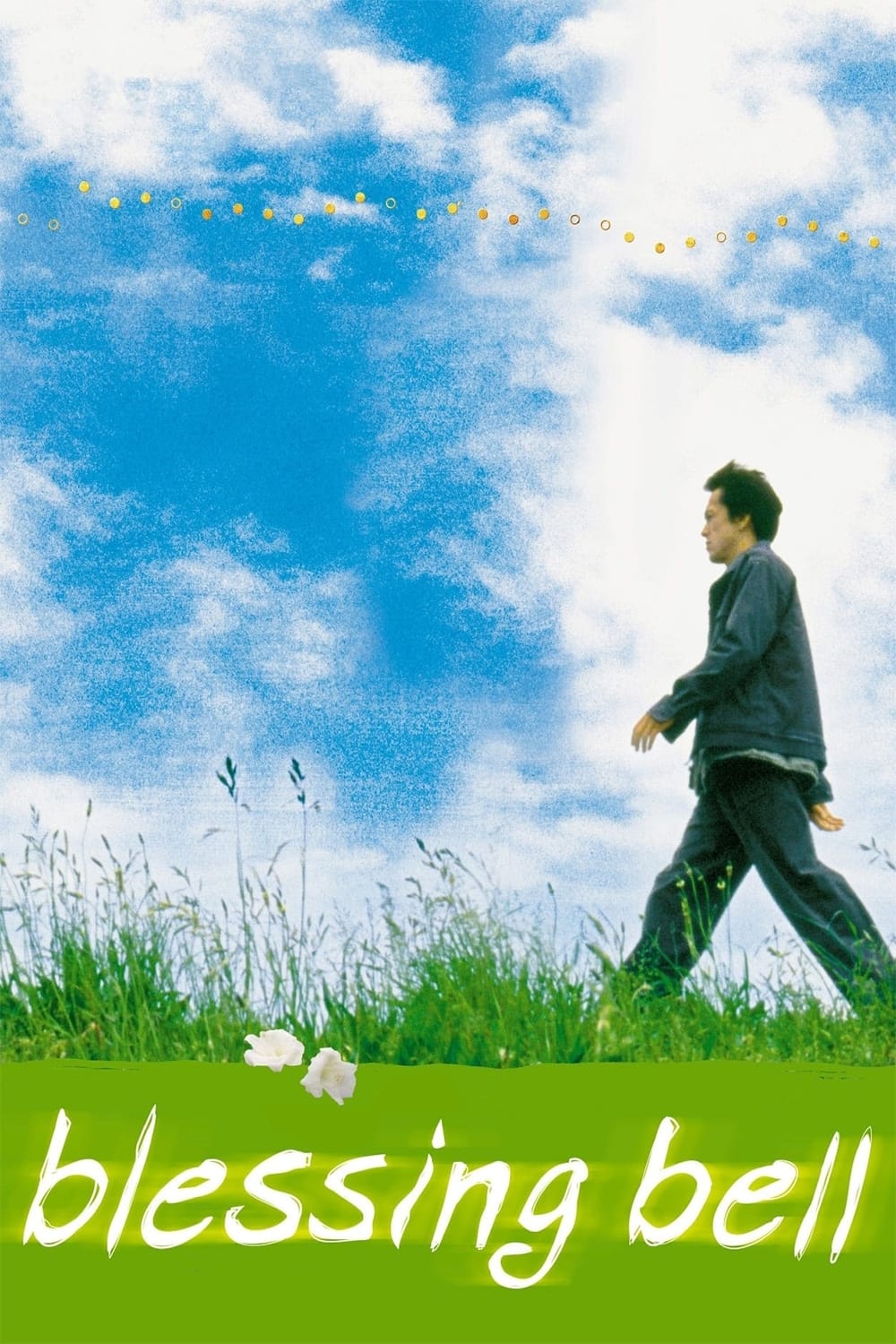

A tragic love story set in a mountain village in the Showa era, waiting for a fiancé who died in the war, but it is more than that. It breaks through the existing concept of a film with a beginning, middle, and end, and like Fellini or Godard... Hara Masato's cosmic film philosophy on the theme of "human history and media" unfolds like a symphony.
Recently appointed dean at a film school, Kimuro Hajime develops a special concern for one of his students, Daisuke. The brash, headstrong young man is fixated on with the Second World War. He feels a sense of frustration at the irrational sacrifice of young people's lives during the war six decades earlier. Daisuke finds that he can vent his frustrations to Kimuro, who experienced the war firsthand. Kimuro's wife, Emiko, is also troubled by memories of the war. She lost a loved one in the war and has never gotten over it. And Kimuro himself also has something from the past that he has yet to face. He believes that the burden of his unresolved past will eventually be the death of him. When Daisuke's neurosis causes him to quit school, life changes for all three of them.

A baby, John, who was abandoned in the church with a horse-headed koto on his side. His grandfather was once a Morin Khuur player and died in the atomic bombing of Nagasaki. The brilliantly colored images have an avant-garde charm while hiding the sadness of the war, and will grab the viewer's heart.
Jun, a 16-year-old teen, refuses to stand while the national anthem is being played at his graduation ceremony. This event will totally change his life, as he involuntarily becomes the new hero of a rebel anti-system youth. Singer Muy's pop music and his friend, Nozomi, with whom he shares his sadness and hatred for the society that surrounds them, help him bear his terrible loneliness.

Works commemorating the 70th anniversary of the founding of Japan mapping Supervision Association
Made for in 2005, this video interview features director Seijun Suzuki and production designer Takeo Kimura. These longtime collaborators discuss the making of GATE OF FLESH.

When a man who as a student wanted to burn down his school meets a man years later, his new friend falls in love with the former female class-mate who herself is in love with the would-be arsonist.

Existential study on a misplaced workers and ex-prisoner who moves through the city and his influence on other characters' lives.

Film director and screenwriter Seijun Suzuki (1923-2017), who in the sixties was the great innovator of Japanese cinema; and his collaborator, art director and screenwriter Takeo Kimura (1918-2010), recall how they made their great masterpieces about the Yakuza underworld for the Nikkatsu film company.
Seijun Suzuki born Seitaro Suzuki (24 May 1923 – 13 February 2017) was a Japanese filmmaker, actor, and screenwriter. His films are renowned by film enthusiasts worldwide for their jarring visual style, irreverent humour, nihilistic cool and entertainment-over-logic sensibility. He made 40 predominately B-movies for the Nikkatsu Company between 1956 and 1967, working most prolifically in the yakuza genre. His increasingly surreal style began to draw the ire of the studio in 1963 and culminated in his ultimate dismissal for what is now regarded his magnum opus, Branded to Kill (1967), starring notable collaborator Joe Shishido. Suzuki successfully sued the studio for wrongful dismissal, but he was blacklisted for 10 years after that. As an independent filmmaker, he won critical acclaim and a Japanese Academy Award for his Taishō Trilogy, Zigeunerweisen (1980), Kagero-za (1981) and Yumeji (1991). His films remained widely unknown outside of Japan until a series of theatrical retrospectives beginning in the mid 1980s, home video releases of key films such as Branded to Kill and Tokyo Drifter in the late 1990s and tributes by such acclaimed filmmakers as Jim Jarmusch, Takeshi Kitano, Wong Kar-wai and Quentin Tarantino signaled his international discovery. Suzuki has continued making films, albeit sporadically. In Japan, he is more commonly recognized as an actor for his numerous roles in Japanese films and television. He passed away on February 13th, 2017. Description above from the Wikipedia article Seijun Suzuki, licensed under CC-BY-SA, full list of contributors on Wikipedia.
By browsing this website, you accept our cookies policy.